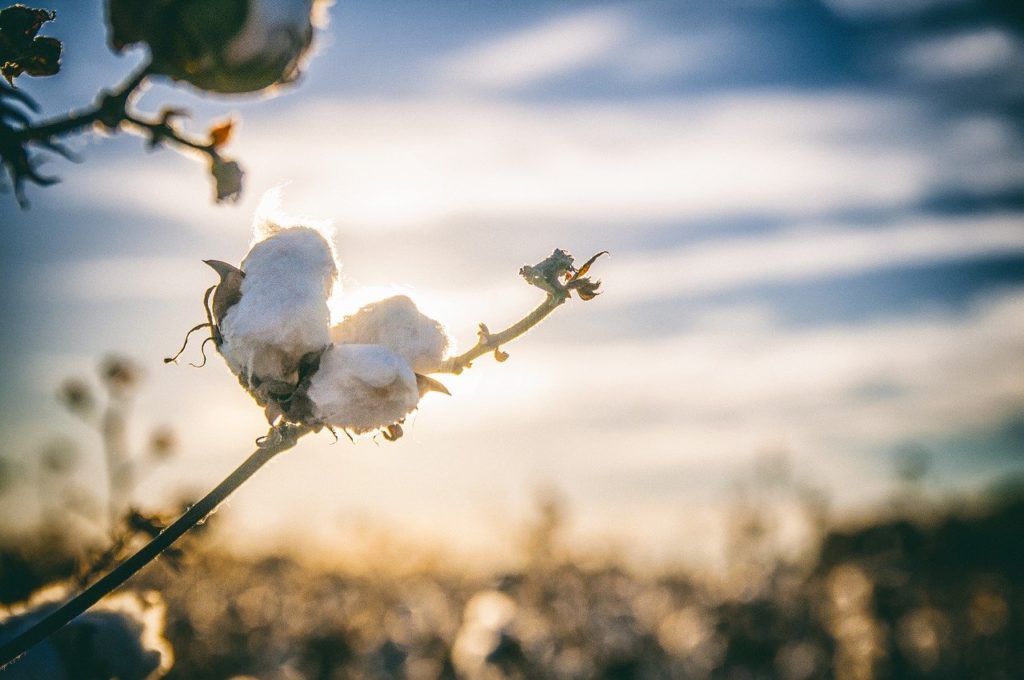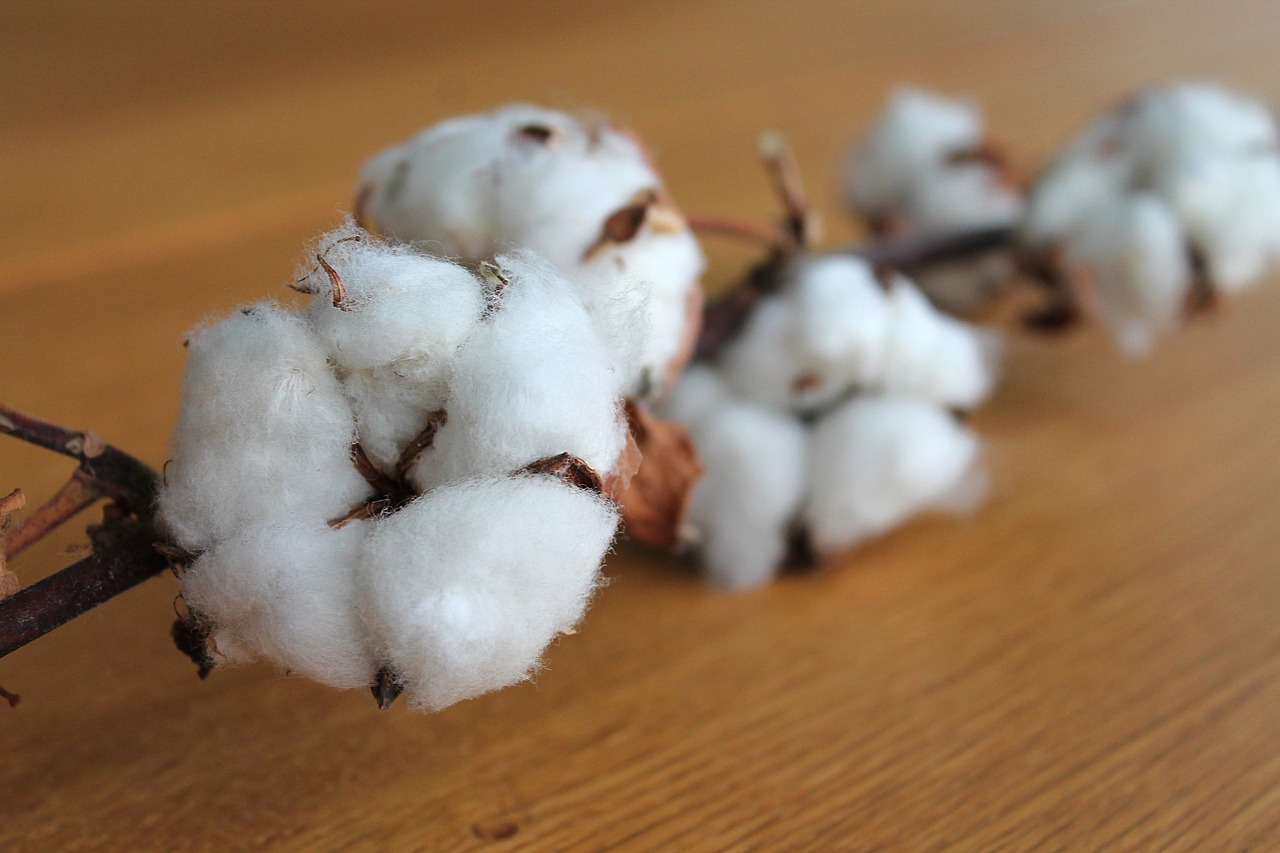For centuries, cotton cultivation in Afghanistan has fluctuated due to various ecological and economic factors. The profitably of cotton ceased entirely by the late 1900s and remained so for several decades. However, the Afghanistan government and social activists have been undertaking efforts to revitalize the cotton industry in the last few years. Read on to learn about the history and recent revival of Afghanistan’s cotton industry.
History of Cotton in Afghanistan
Historical texts offer little information on the origins of cotton in Afghanistan. Research and archeological evidence suggest that the fiber was possibly first cultivated in the Indus Valley as early as 3000 B.C and indicate that it subsequently spread to the east and west. While historians have not found records of how or when cotton reached Afghanistan, sources state that cotton clothing was produced in and exported from three cities in Afghanistan, including Kabul, by the 10th century. This means that important cotton cultivation took place in the surrounding areas.
Records show that exports of cotton clothing stopped in Afghanistan in the early 1800s, although historians aren’t sure why. A domestic industry for cotton weaving continued, and raw cotton primarily cultivated in eastern Afghanistan was periodically exported to India in small quantities, although the material was no longer an important agricultural product in Afghanistan.
The fiber witnessed a resurgence in the late 1800s, when demand for it in Russia’s cotton industry grew. In response, farmers in northern Afghanistan began growing cotton, and a thriving export industry developed. Production peaked in 1915, but dropped after a revolution in Russia led to a collapse in the country’s cotton market. Afghan farmers had no other markets to export cotton, and those around Herat began growing opium poppies instead.
Cotton cultivation flourished again in the 20th century through private initiatives and later due to a commitment from government, making it the second major crop by the mid-1970s. However, ecological and political factors triggered another sharp decline in the following years, effectively ending its market sustainability. Subsequently, opium poppies became the most lucrative crop.

Cotton’s Revival
About half a century later, government officials in Afghanistan sought to reverse the trend from cotton to poppies. Cotton, they believed, could replace opium poppy crops by providing farmers with a profitable and legitimate alternative and bringing much-needed jobs to the country.
By 2017, Afghanistan was producing more than 59,000 tons of cotton each year. The Kandahar providence in southern Afghanistan, which is located about 450 kilometers south of Kabul, has proven to be especially good for cotton crops due to its climate. In some areas, farmers are also transforming hundreds of acres of poppy fields into cotton crops.
Weather and economic conditions have contributed to this change. Drought has plagued Afghanistan over the last several years, but recently rainfall has been adequate in provinces like Kandahar. Moreover, government officials are making an effort to eradicate opium production, and some have launched programs to destroy poppy crops, which makes cotton an attractive option.
In 2019, farmers in Kandahar planted between 800 and 1,000 acres of cotton and harvested over 2,250 tons. This is about a 20 percent increase compared to production in 2018. Furthermore, figures show a 21 percent rise in cotton production in 2019 across 17 Afghan provinces. The country’s total cotton production amounted to 73,119 tons this year.
According to Kandahar’s director of Provincial Agriculture and Livestock Department, if farmers could obtain better cotton seeds, their production could increase by as much as 40 percent. Agricultural officials and farmers are asking the Afghan government for more help to increase the country’s cotton production by providing improved technology for farming, chemical pesticides, and cotton gins. Many farmers are also willing to replace opium poppy cultivation with cotton if the government and non-government organizations (NGOs) support them.
Building Cotton Processing Plants
One obstacle to the cotton industry in Afghanistan has been a lack of cotton gins, which prepare cotton for processing by removing seeds and debris. At one point, the country had at least seven cotton manufacturing plants, including facilities in Kabul and Kandahar. During that period, this industry provided more than 30,000 jobs.
While questions have arisen about whether the private sector or the Afghan government is more capable of overseeing cotton manufacturing facilities, leaders from both groups have made strides in the last few years.
In 2017, the government opened the Afghan White Gold Cotton Industry, a $7 million cotton-processing plant in the Herat province. At the time, it handled 20 tons of local cotton each day and produced 6 tons of processed material daily.
In Helmand, activists are pressing the government to provide promised funding to reopen Helmand Bost Enterprise, a plant that closed in 2015. The country’s High Economic Council approved a $4.2 million grant for the project in 2017, but the money has not come through. The factory will create numerous jobs in the region, which has experienced high unemployment, increasing the urgency to reopen it.
Helmand Bost Enterprise initially opened more than half a century ago, and roughly 3,000 people worked there at its peak. For two about decades, starting in the mid-1960s, it processed approximately 32,000 tons of cotton annually and produced cooking oil and laundry soap. During the time that the plant operated, many farmers who supplied it with cotton maintained a sustainable income.

